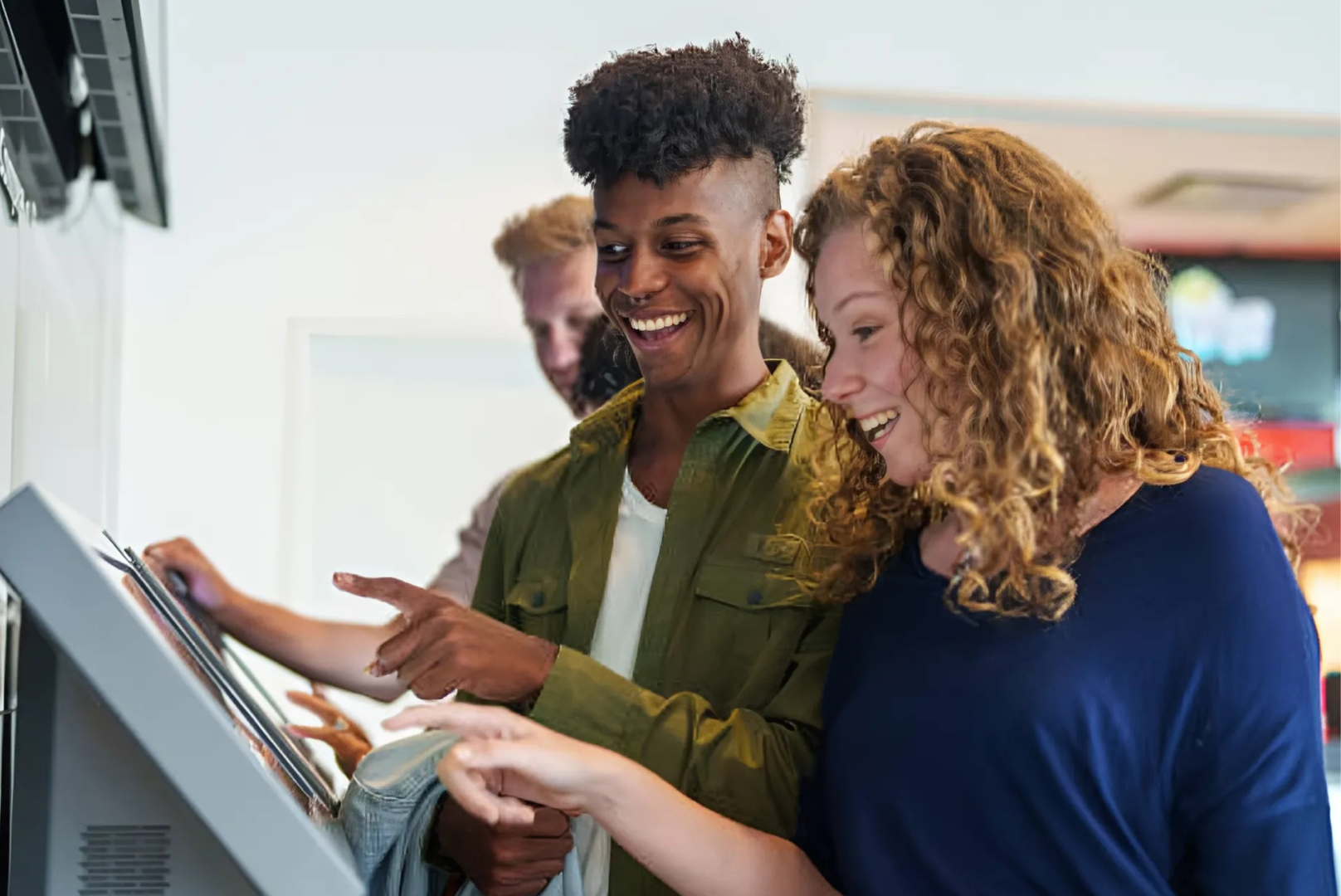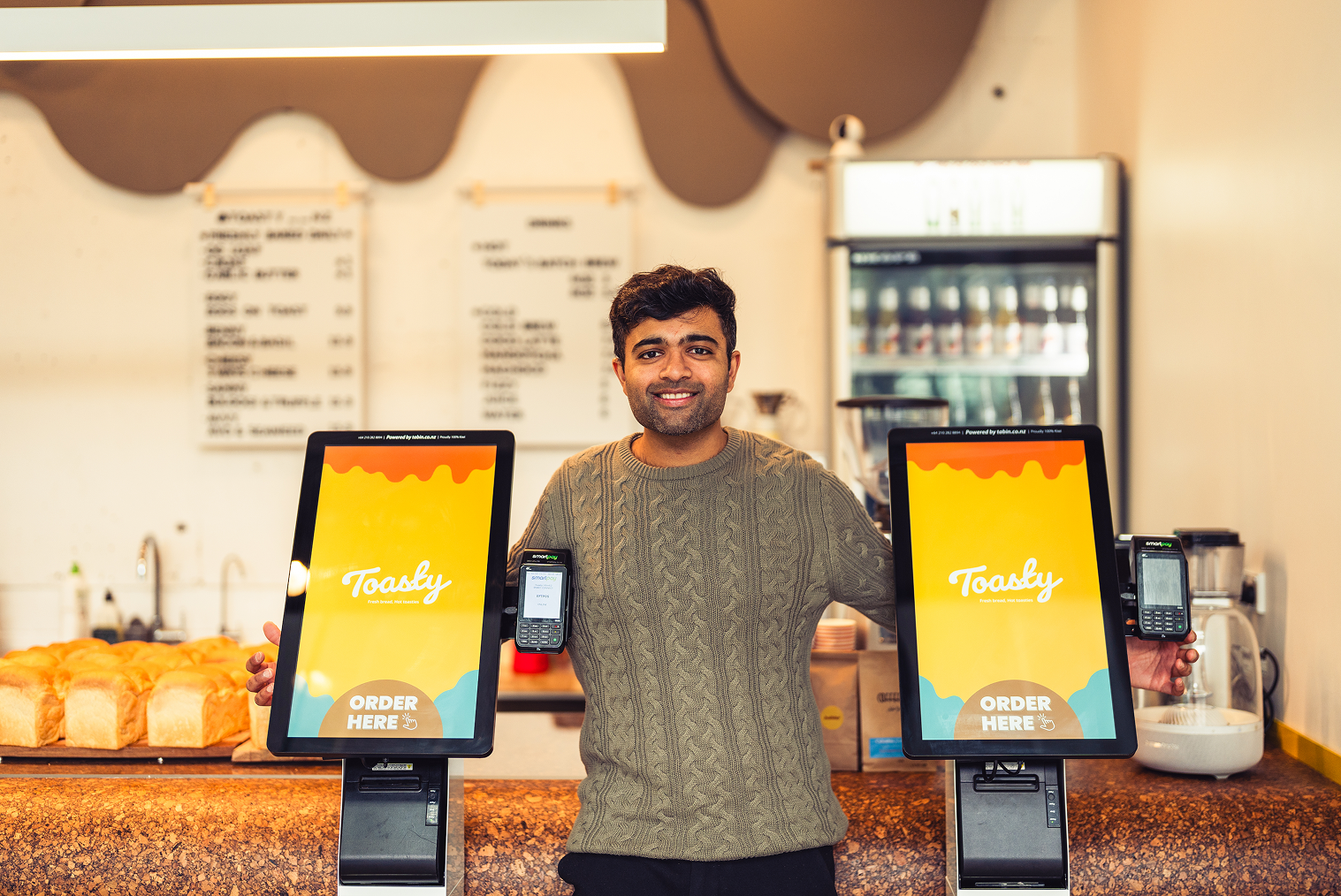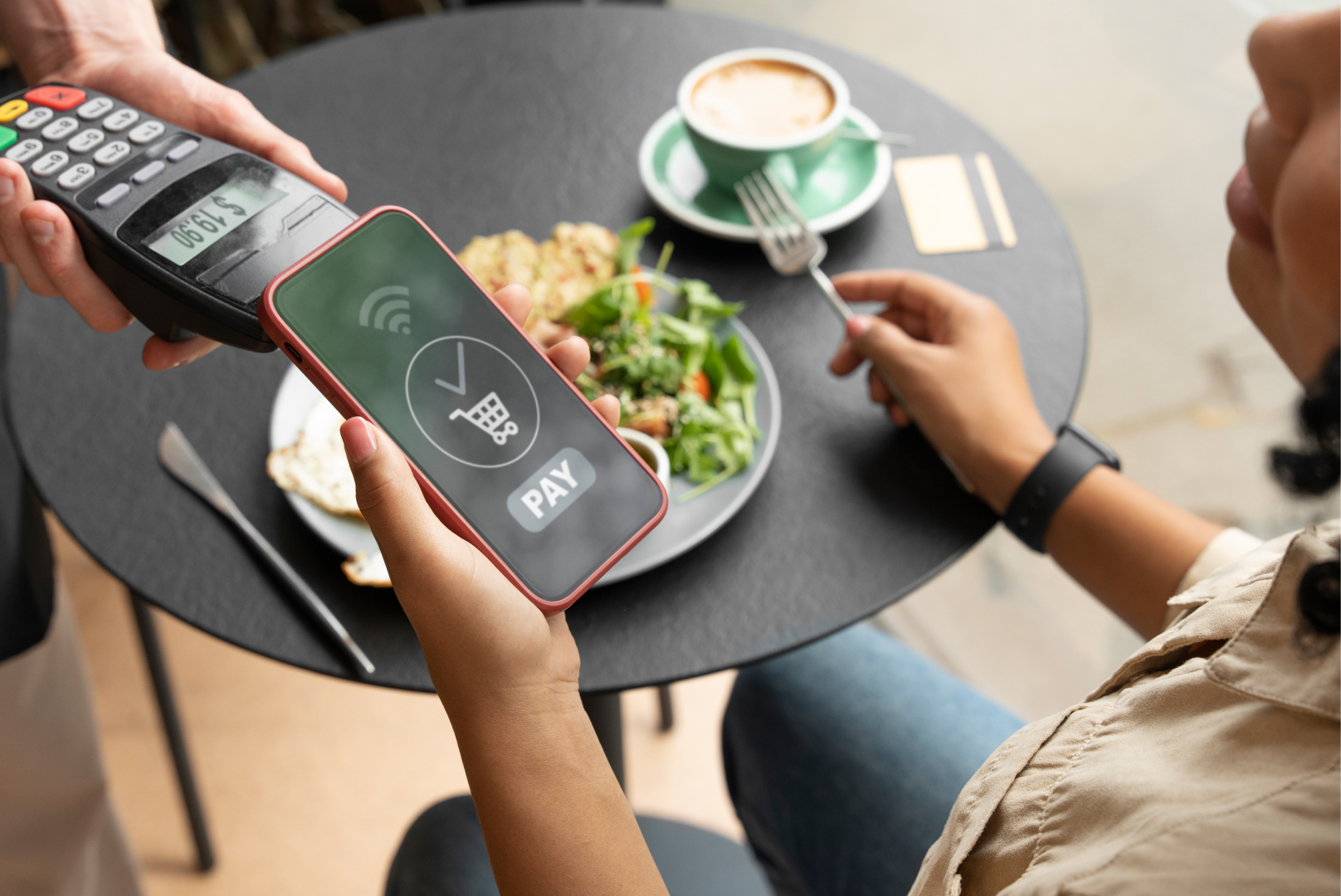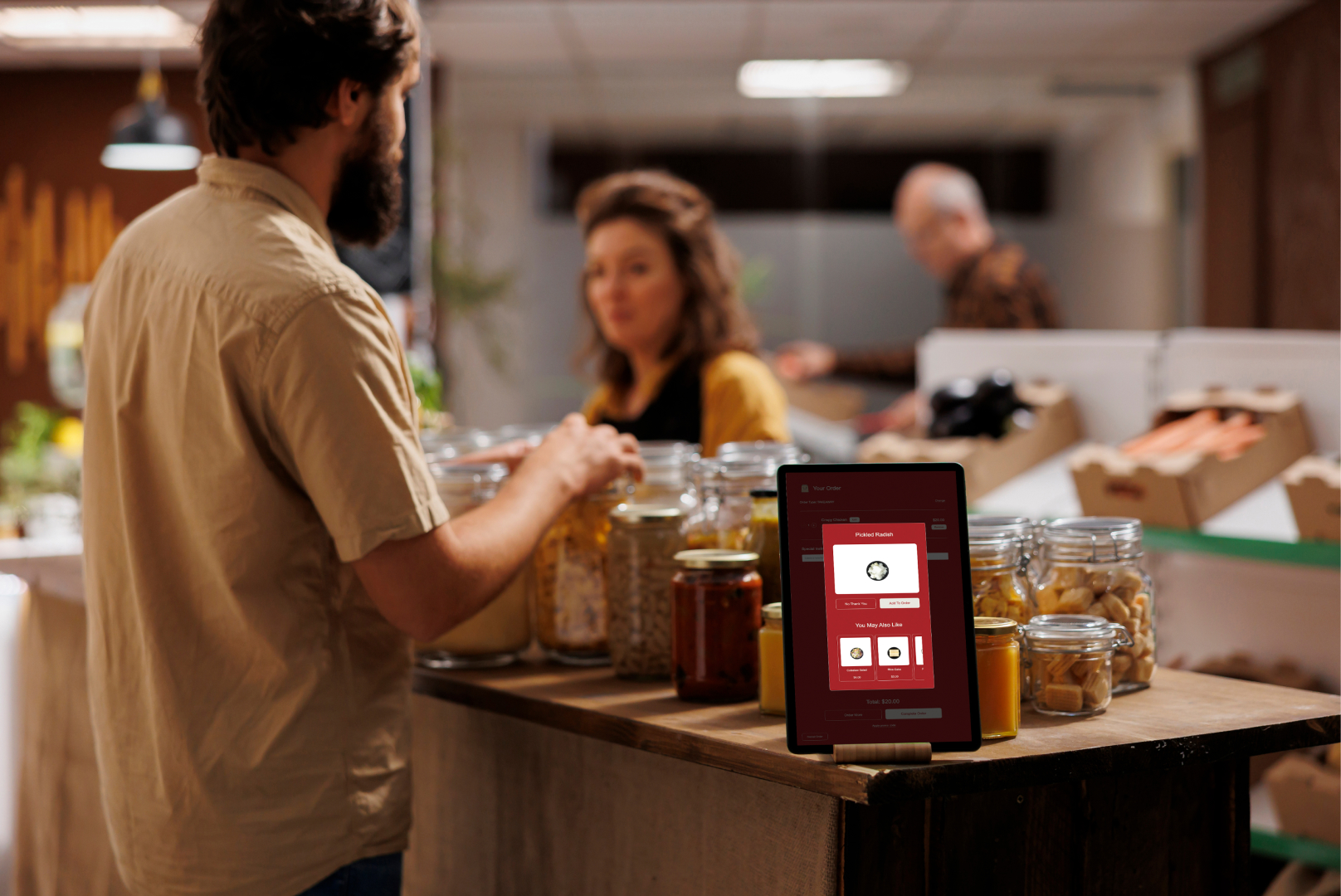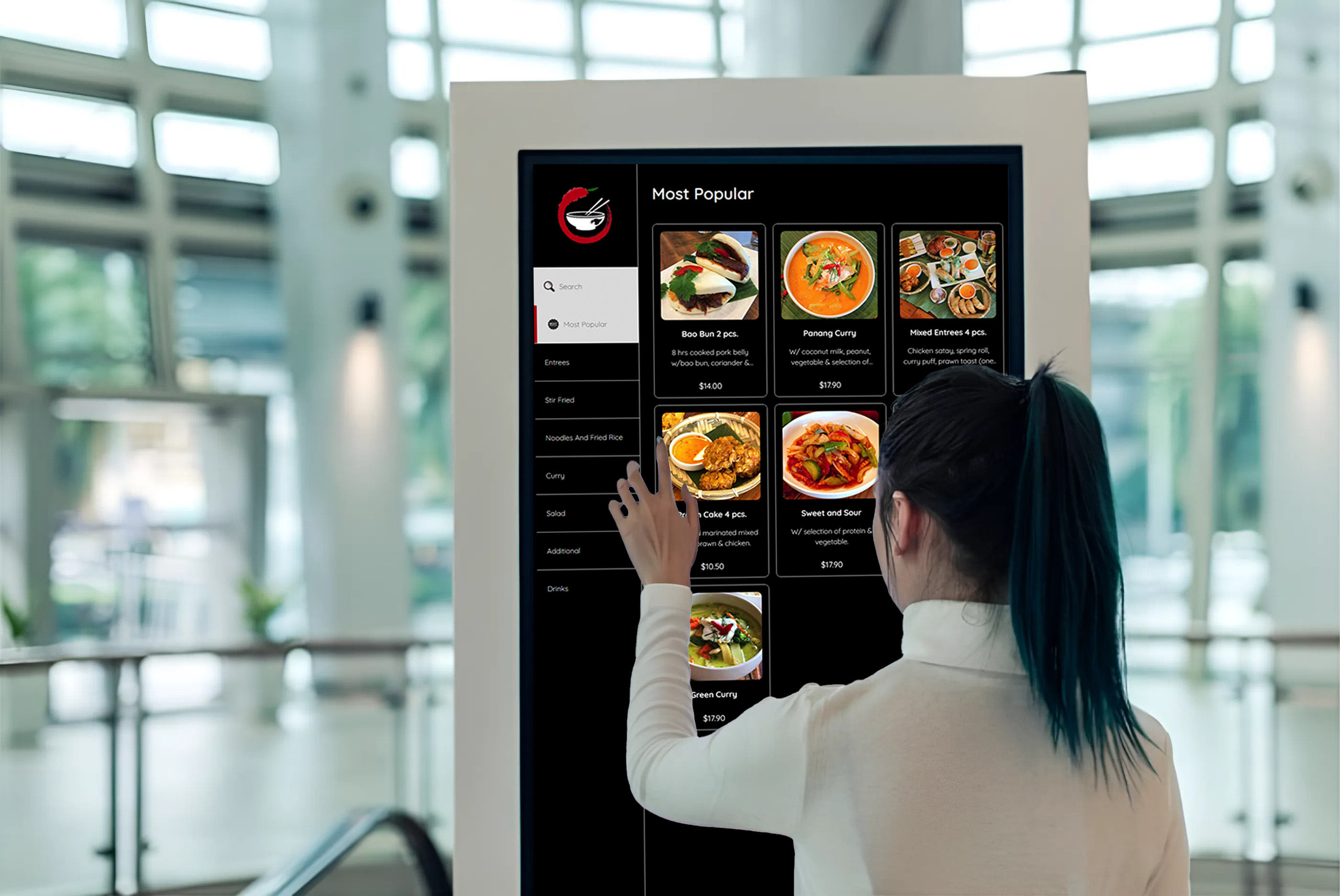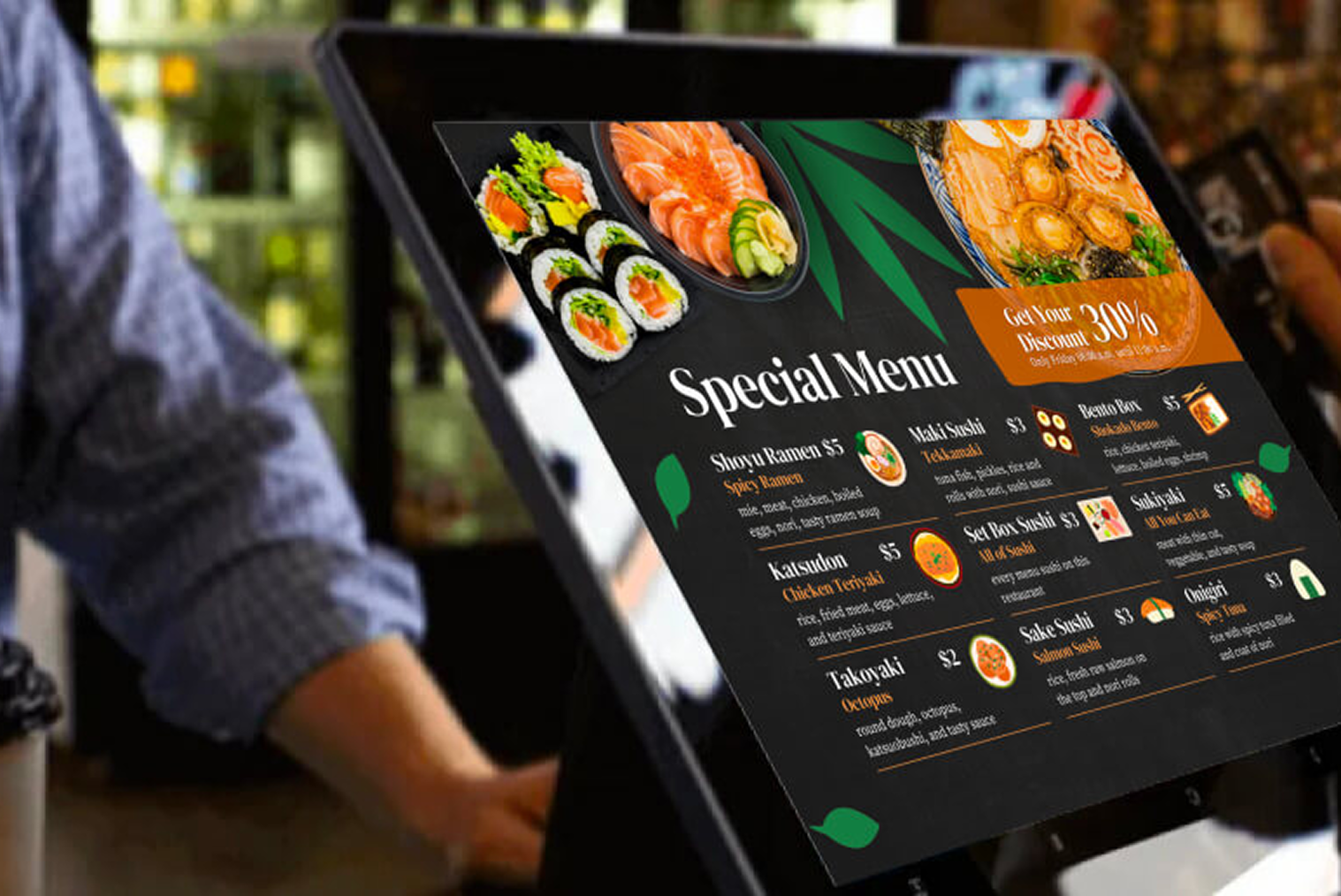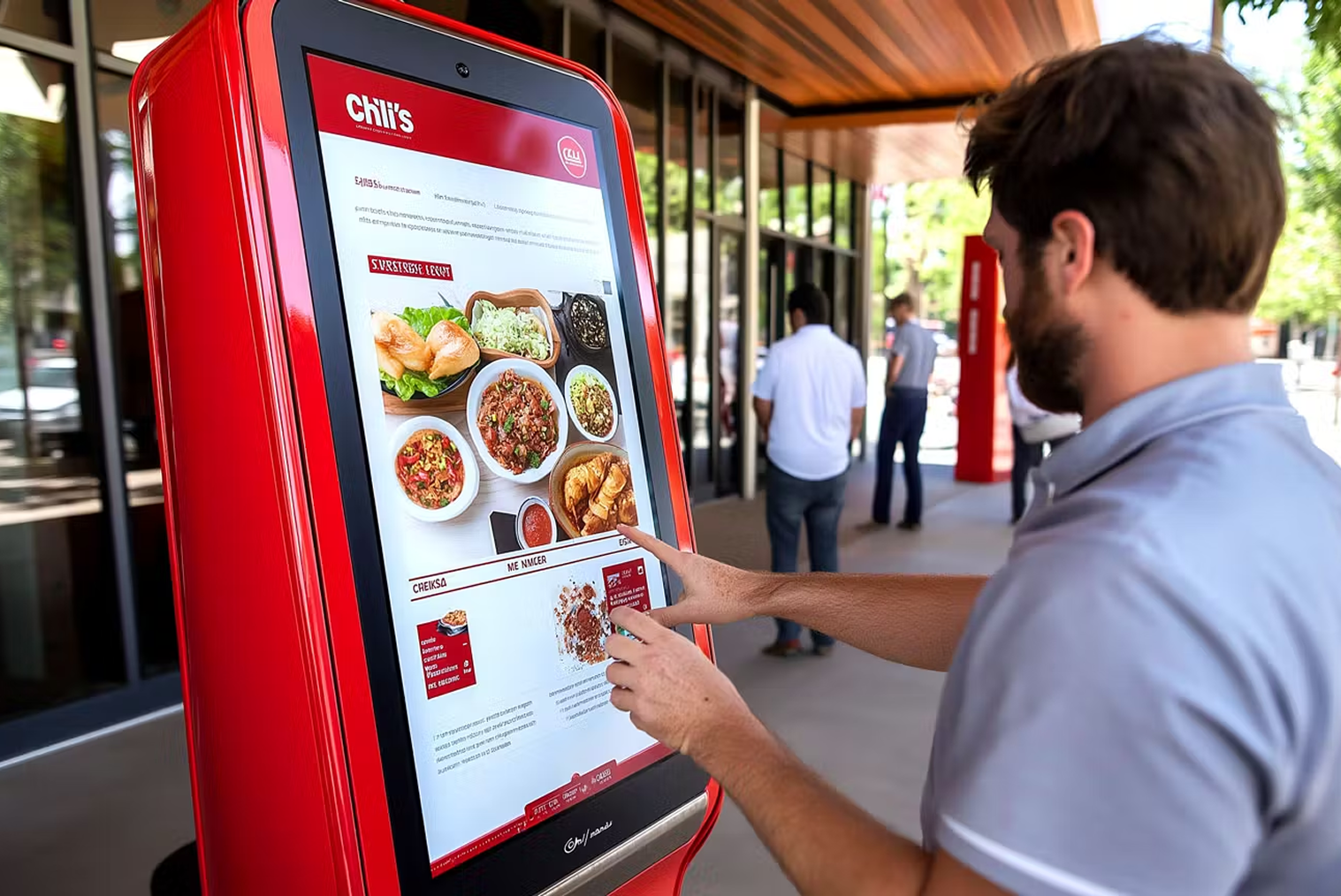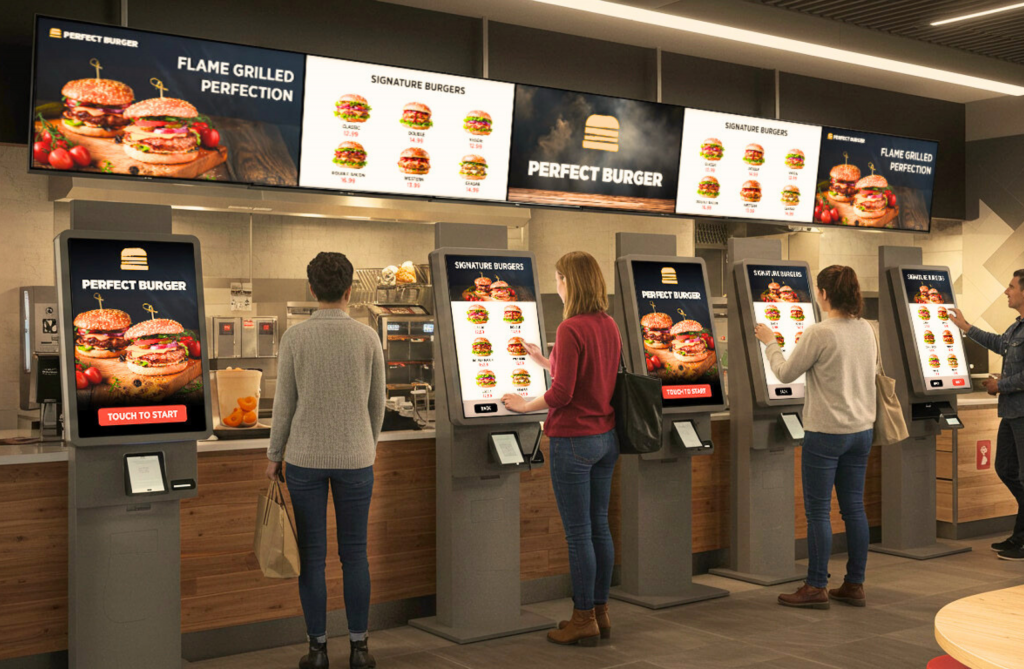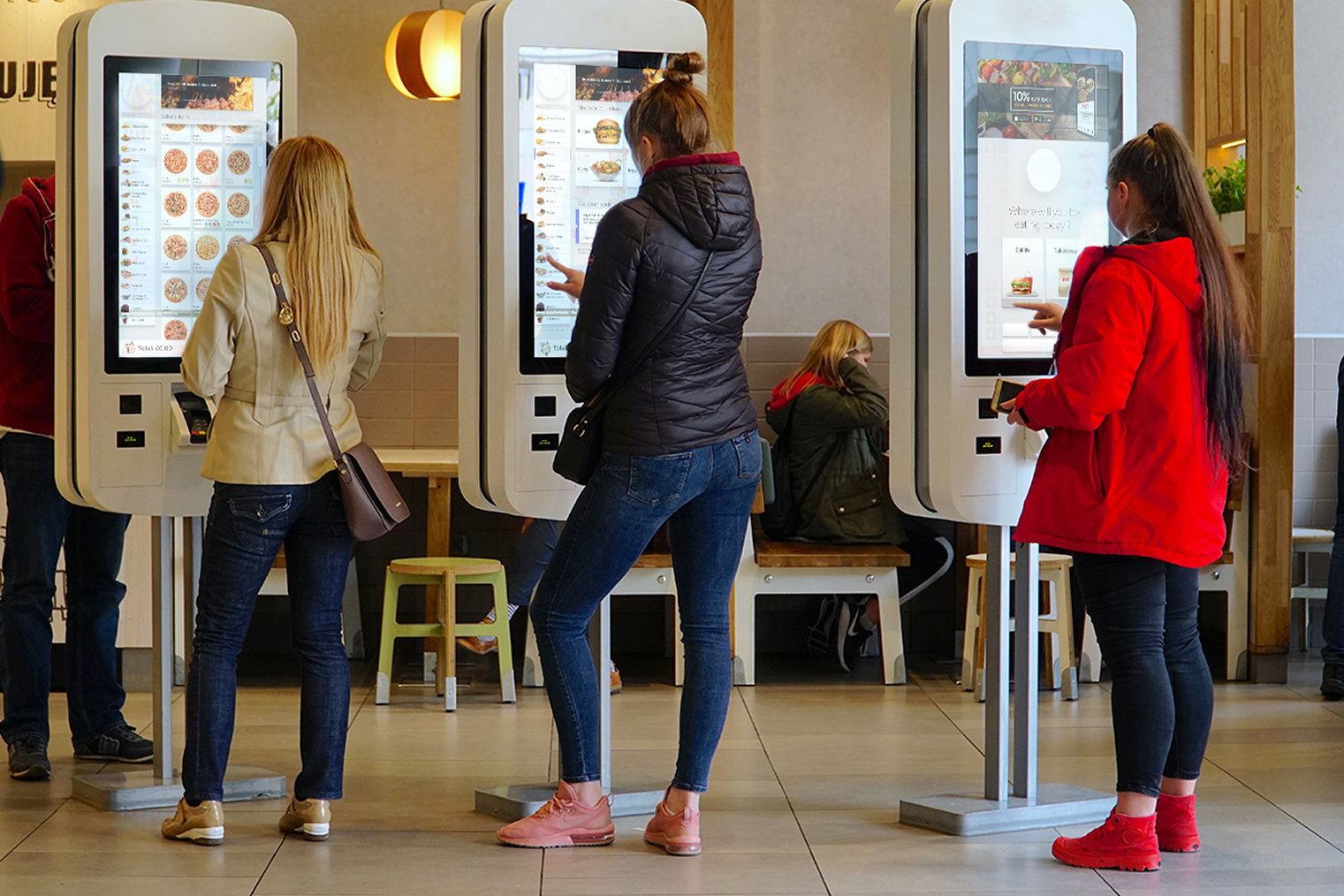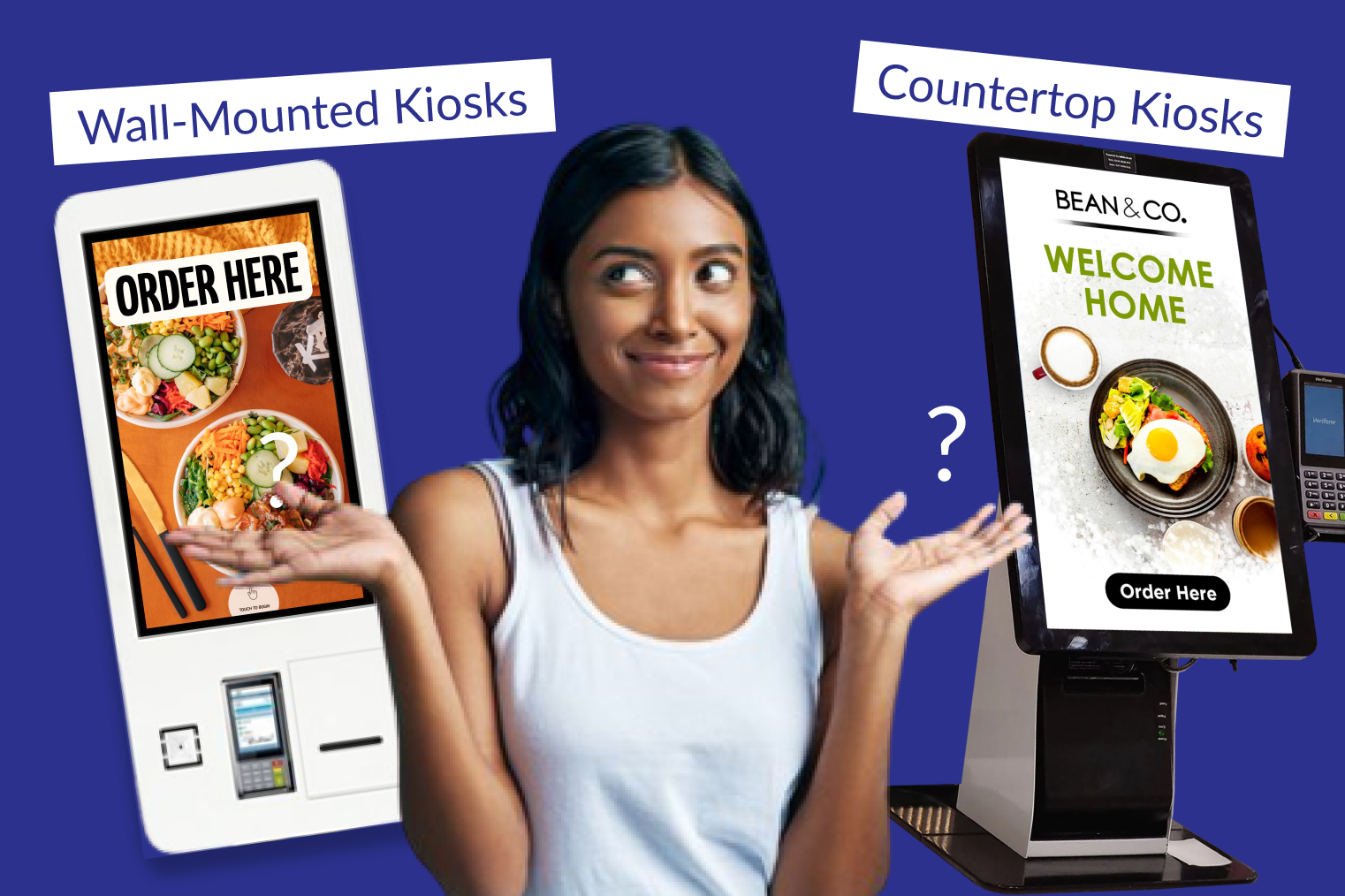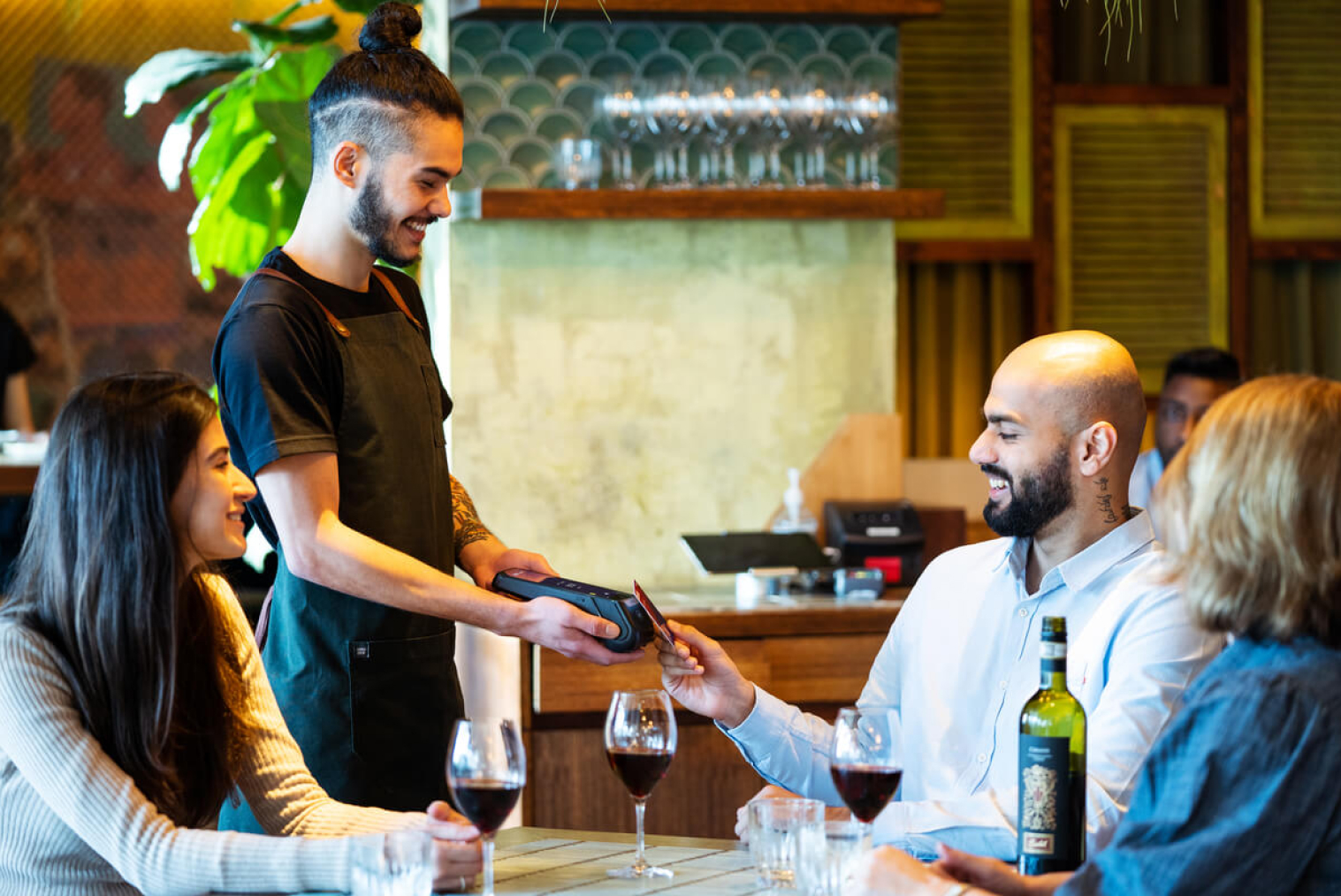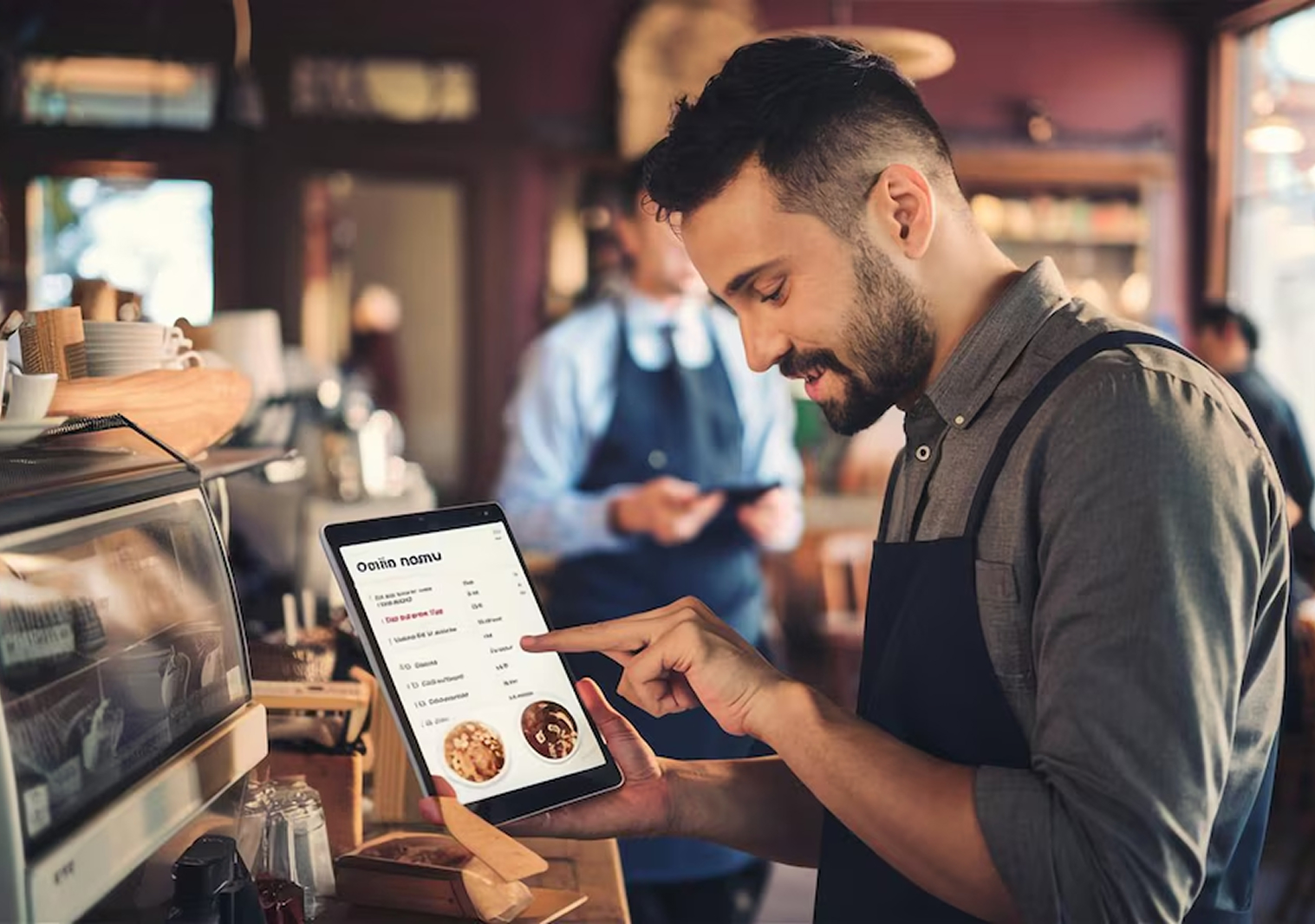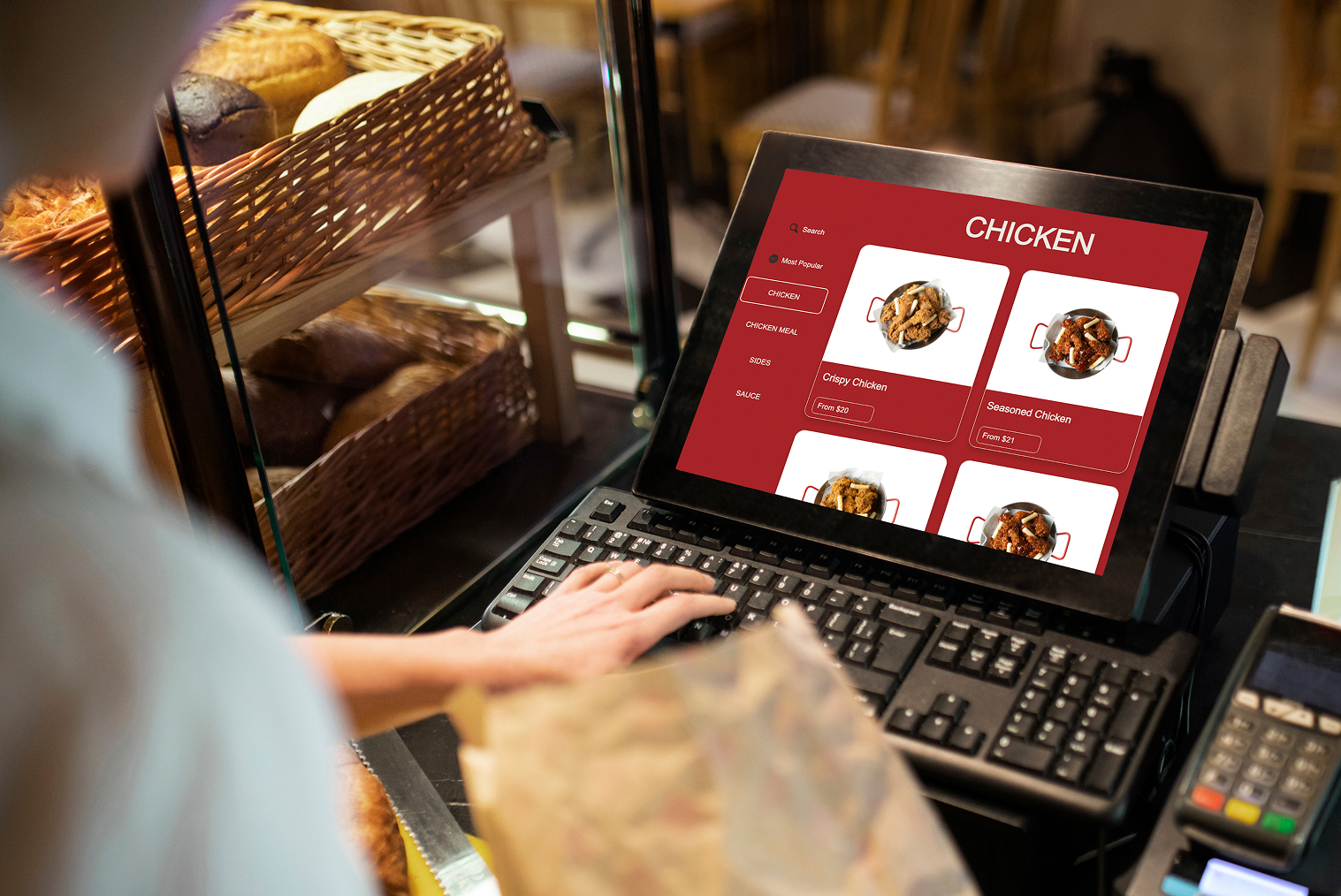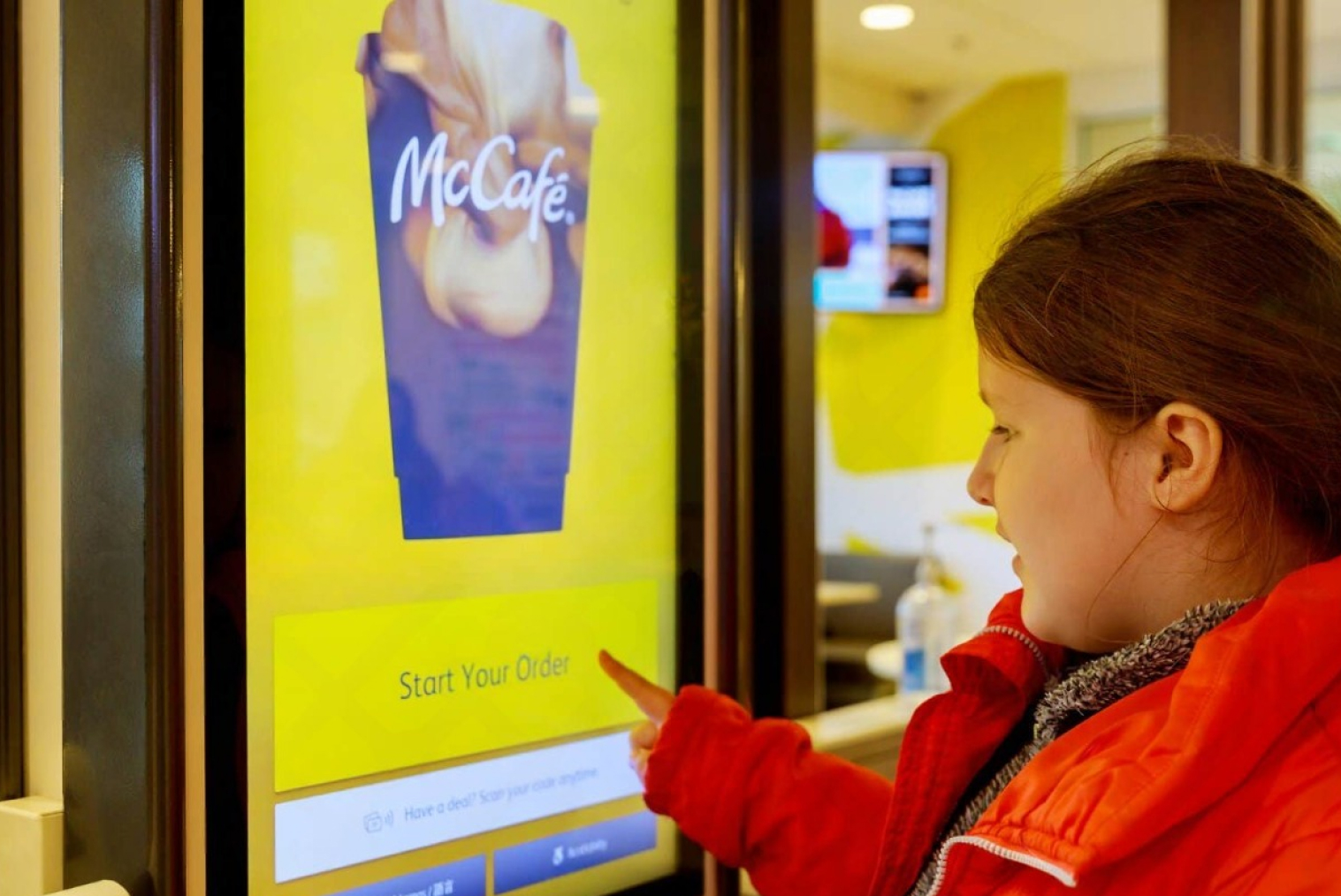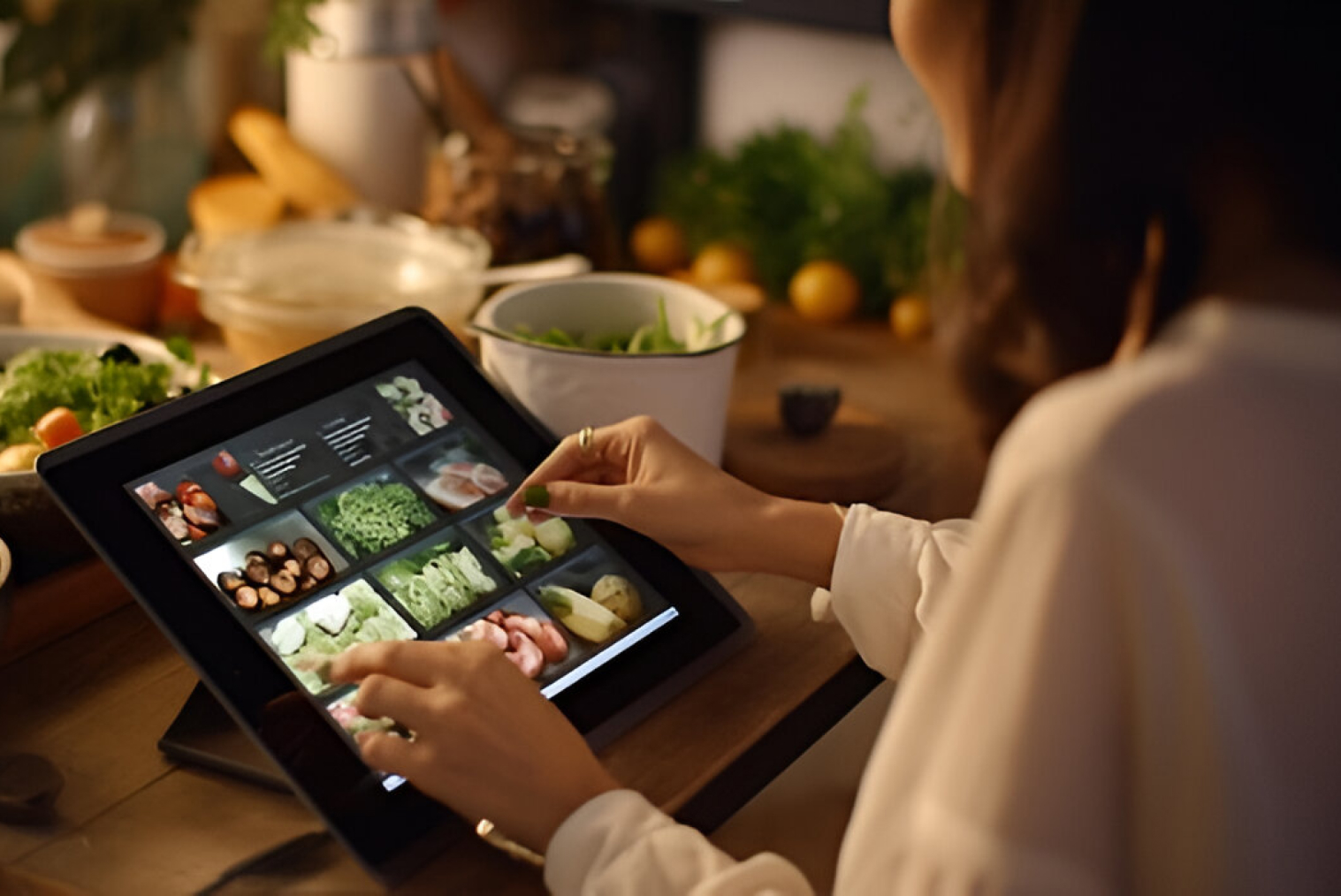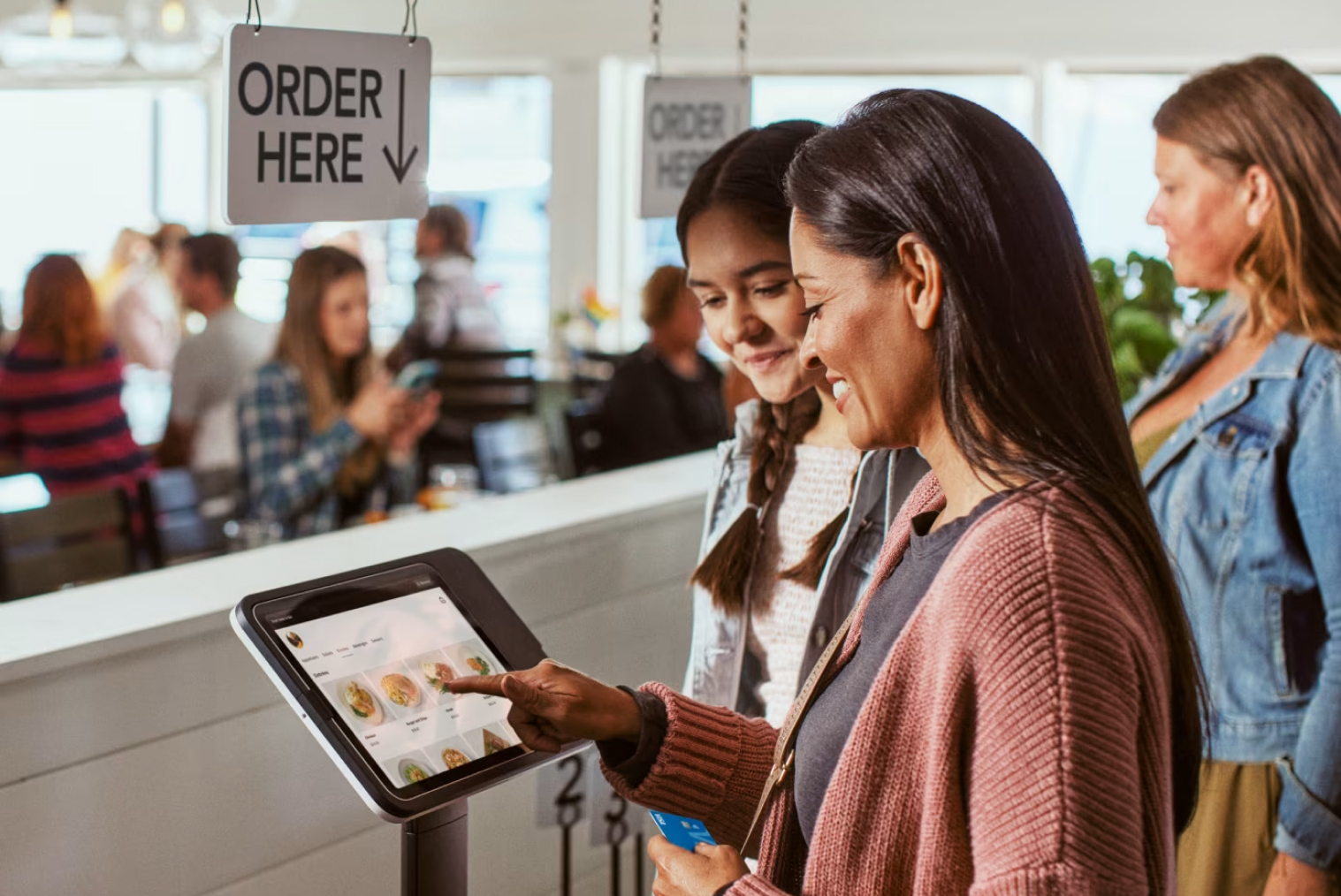Self-service kiosks have transformed how restaurants serve customers. What once felt like a futuristic add-on is now a fundamental part of modern dining. But the success of a kiosk doesn't just depend on having a screen—it depends on how well it works for the customer.
Some kiosks make the process seamless, others end up frustrating users. The difference? The features that shape the customer experience. Here are five of the most important ones that influence whether a customer will use the kiosk again—and recommend it to others.
1. A Clean, Easy-to-Use Interface
The first thing customers notice about a kiosk is how it feels to use. A confusing or cluttered layout leads to hesitation and mistakes, while a clean, clear design builds confidence.
What matters most:
-Intuitive category structure (e.g., burgers → chicken → add-ons)
-Responsive touch experience with large, readable buttons
-Visually appealing menu photos
-Smooth transitions between screens
Even someone using it for the first time should be able to place an order without help. A well-designed UI keeps lines short and customers satisfied.
2. Smart Upselling That Doesn’t Interrupt
Kiosks have a unique advantage over human cashiers—they never forget to upsell.
But great kiosks do it without being annoying. Instead of hard-sell messages, they offer gentle, visual prompts at the right time. For example:
-“Would you like to upgrade this to a combo?”
-“Add a drink for $9?”
-“Complete your meal with a dessert?”
These prompts work because they’re timely and easy to accept or skip. Subtle upselling increases order value without affecting the pace of service.
3. Loyalty and Personalization Features
Customers love to be remembered. When a kiosk can recall past orders or offer rewards, it turns a transaction into a relationship.
Features that make a difference:
-Mobile number login to access loyalty points
-“Reorder your usual?” options
-Personalized offers on frequently bought items
This kind of recognition creates loyalty. Customers know that using the kiosk earns them benefits—and they’re more likely to return for that reason alone.
4. Accessibility and Multilingual Support
In any public space, especially in diverse cities, you can’t assume everyone speaks the same language—or has the same level of comfort with technology.
A kiosk becomes significantly more inclusive when it offers:
-Multiple language options
-Adjustable font sizes
-Icons instead of just text
-Audio prompts or simplified modes for elderly users
By making kiosks usable for everyone, you widen your customer base and make your brand more approachable to all kinds of diners.
5. Fast, Flexible Payment Options
The final step in the ordering process—payment—should never be where things slow down. If it’s clunky or limited, it leaves a negative last impression.
Key features include:
-Support for UPI, QR payments, debit/credit cards, and tap-to-pay
-Option for printed or SMS receipts
-Quick refunds or edits in case of mistakes
Streamlining the payment flow not only improves service speed but also frees up staff from handling routine transactions—letting them focus on what truly needs attention.
Bonus: Real-Time Feedback Collection
Some kiosks include a quick feedback screen after the order is placed. It might be a simple rating system or a “How was your experience?” prompt. While optional, this small feature gives restaurants direct, immediate insights into customer satisfaction—without waiting for a Google review.
Final Thoughts
The best self-service kiosks don’t just take orders—they create experiences. When thoughtfully designed, kiosks can:
-Make ordering easier
-Increase average bill value
-Encourage repeat visits
-Make your restaurant more inclusive
In short, it's not just about speed—it’s about smart features that put the customer first.
Frequently Asked Questions (FAQs)
Q1: Why is a clean interface important in self-service kiosks?
A clean, intuitive interface helps customers place orders confidently without confusion, making the dining experience smoother and faster.
Q2: How do kiosks increase restaurant sales without annoying customers?
Kiosks use smart, subtle upselling prompts like meal upgrades or add-ons, which gently boost sales while keeping the process quick and enjoyable.
Q3: Can self-service kiosks help build customer loyalty?
Yes! With features like loyalty program integration and personalized recommendations, kiosks turn simple transactions into lasting customer relationships.
Q4. Are kiosks accessible to all types of customers?
Modern kiosks support multiple languages, adjustable text sizes, icons, and even audio prompts—making them inclusive for diverse and elderly customers.
Q5. How do kiosks speed up payments in restaurants?
By supporting multiple payment methods—UPI, QR codes, tap-to-pay, and cards—kiosks make checkout faster, more flexible, and stress-free for both customers and staff.
